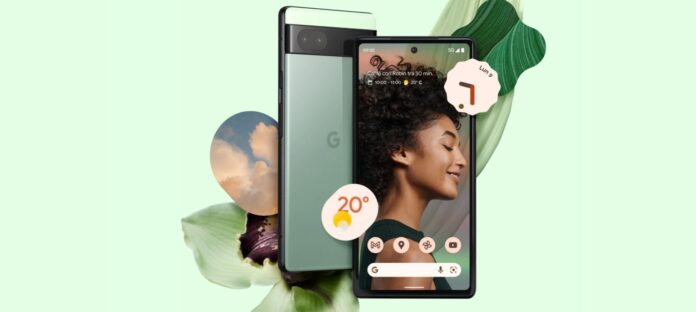Everything is ready for the launch of Pixel 6a, the new mid-range smartphone announced by Google a couple of days ago. Defined as the cheapest but also extremely fast and safe, Pixel 6a is not made for savings: the processor, for example, is the same Google Tensor as the Pixel 6 Pro.
Waiting for the official launch, we are wondering about a particular feature that is teasing curious and insiders. This is the sensor used for fingerprint recognition.
UNRESOLVED PROBLEMS
| Google Pixel 6a 71.8 x 152.2 x 8.9 mm 6.1 inches – 2400×1080 px |
Google Pixel 5a 73.7 x 154.9 x 7.6 mm 6.34 inches – 2400×1080 px |
Google Pixel 6 74.8 x 158.6 x 8.9 mm 6.4 inches – 2400×1080 px |
Google Pixel 6 Pro 75.9 x 163.9 x 8.9 mm 6.7 inches – 3120×1440 px |
Will it be the same as the Pixel 6 and Pixel 6 Pro? Apparently not. Google, in fact, seems to have opted for a different in-display sensor to have better performance. Yes, on the cheapest smartphone.
This is said by Rick Osterloh, senior vice president in command of Google’s “Devices and Services” division, who addressed the topic very clearly during the Google I / O.
The choice is logical. The Mountain View giant has found performance below expectations on in-display sensors for fingerprints since the launch of Pixel 6 and Pixel 6 Pro. The sensor used on these two devices has performance defined as “inconsistent”: it works well with some people, it works worse with others, who experience slowness and lack of precision.
A NEW ROAD
In short, for some customers what should be a convenient, quick and safe way to unlock the phone often becomes frustrating and unintuitive. Over time, Google has released a series of updates that have improved the response speed and performance of the fingerprint sensor but it is still not as fast and accurate as those found on so many other Android devices which, after the general problems encountered in 2019 , upon the release of the first generation of this technology, they progressed rapidly.
Here then is the justification for Google’s choice to adopt a different sensor for the Pixel 6a, which will cost less than its “big brothers” Pixel 6 and Pixel 6 Pro, but which at least from this point of view should have better performance.












